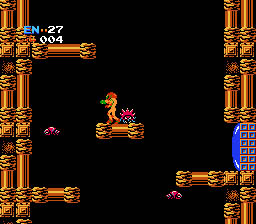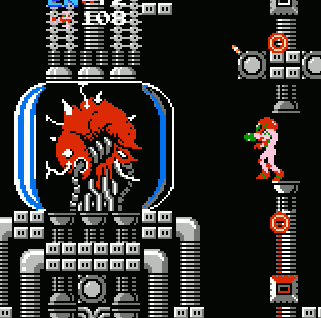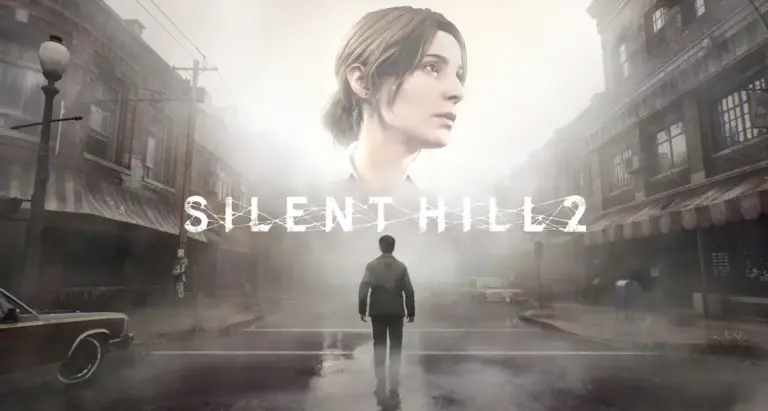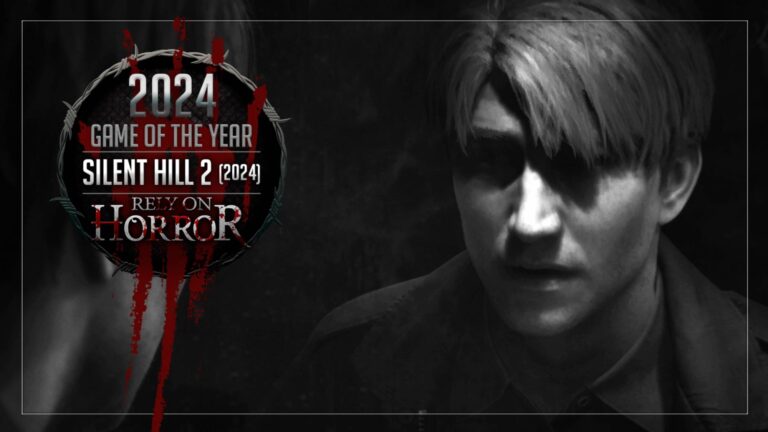It’s been 25 years. 25 years since gamers were introduced to the world of Metroid with the game’s release on August 6, 1985 on the Famicom. Thus, it’s been 25 years since players were taken to the vastness of space, where Samus first set foot on the planet Zebes. Seems like such a long time, right? More than two decades have passed and Samus Aran continues to be one of Nintendo’s– and gaming’s– most iconic figures. And it sure looks like she will continue to be in the future.
But what makes the Metroid series so amazing and one of the finest gaming has to offer? The superb combination of music, gameplay and atmosphere can serve as a quick-fire response to that query, but that would be being too vague, for me, at least. Because you see, Metroid means a lot to me.
I may have missed out on growing up with the original game back in my childhood years but I eventually ended up falling in love with the series, thanks to a little game called Metroid Prime. Then I went on to experience the series’ entries I missed out on all those years ago, most notably the original NES Metroid where I finally got to play the game that started it all.

The original Metroid was a game ahead of its time back when it was first released 25 years ago. It took the linear nature players were comfortable with at the time and totally threw it aside for a complete non-linear approach. It wasn’t just about going left and/or right anymore– now you also had to ascend, descend and back-track. Yes, back-track. And this new mechanic was something that reared its head right from the get-go, as players were surprised to find out.
Once you start off Samus’ adventure in Brinstar you’re met with one very interesting predicament: Obviously at the time one would just naturally assume you would head towards the right of the screen, in classic sidescroller fashion; this wasn’t the case, though, and doing so introduced you to your first dead end– of which there were more to come. So, what does one do? Well, this is where back-tracking comes in, in the simplest sense. That’s right, you actually had to go left first in order to get the appropriate power-up– the morph ball– to proceed on with the game.
And, trust me, proceeding through Zebes and its many ‘stages’ is easier said than done.

The game, being non-linear in nature, wasn’t separated into levels in the traditional sense. Instead, you had one sprawling planet to explore with different sections within it: Brinstar, Norfair, Ridley’s Lair, Kraid’s Lair and Tourian where Mother Brain–the game’s main baddie– rests. But going through all these areas required a lot of — all together now– back-tracking. Not just that, but you also had to make sure you had the appropriate power-ups needed to access areas. Oh, and you also had to worry about not dying to the game’s ferocious creatures, the most notable ones– in terms of difficulty– being those brain-sucking Metroids resting in Tourian.
This is one of the unique things about Metroid–which then went on to formulate a new genre coined Metroidvania. The game wasn’t just about getting to the end point and being met with the game’s credits followed by a personal sense of satisfaction. No. Instead, satisfaction came once you actually found out where the hell to go throughout the adventure. You definitely feel a strong sense of achievement whenever you finally find out how to get to Point B or C after hours of being stumped.
And trust me you will get stuck at many points in the game, especially if you’re a first-time player and not using any guides. But that’s the beauty of the Metroid formula: you’re pit in a huge alien world with all the areas seamlessly connected, with you only having to explore your surroundings thoroughly– and by thoroughly I mean inspecting every single damn wall– finding power-ups needed to make it to Mother Brain’s chamber.

Then you had the game’s triple threat consisting of Ridley, Kraid and the aforementioned head-honcho, Mother Brain. These bosses ended up becoming iconic figures to Metroid fans– though Kraid seems to be receiving the least amount of love and exposure nowadays, but that’s another story for another day!
Ridley, on the other hand, has had quite a strong presence all throughout the series, always rearing his cute face whenever Samus least expects it. She can’t ever get a break it seems, and after blowing the aerial threat– named after Alien director Ridley Scott– to pieces he ends up coming right back as good as new. Oh, and he looks pretty darn cute in the original.
But let’s talk about Mother Brain, because, after all, she is the main threat and the…um…brain behind the operation taking place on Zebes. Well, where does one start? She’s certainly lives up to her moniker, that’s for sure. Mother Brain resides in her glass tank within the depths of Zebes, in Tourian to be exact and is heavily guarded by Metroids– who are out to make sure you don’t make it to their “queen’s” room, and they’re also out to suck you…Yeah, like that doesn’t sound wrong or anything.
While Mother Brain was given a much more epic showing in Super Metroid– later recreated in Other M’s intro– Samus’ confrontation with her in the original NES classic was still awesome and memorable.

But now, here we are, 25 years after the game first came out. Since then Metroid has grown into one of Nintendo’s “Big Three” franchises, despite it being the one with the least amount of exposure. Its legacy lives on and has inspired many games into adopting its nonlinear brand of exploratory gameplay– with one of the most notable examples being Castlevania: Symphony of the Night and the GBA/DS titles it paved the way for.
And speaking of the “Big Three,” Nintendo perfectly combined everything that made Samus’ two big brothers and their respective original games so special. Mario’s platforming is to an extent present with Samus’ aerial abilities and the Legend of Zelda’s sense of a grand adventure is also strongly present in Metroid, albeit wrapped in a much more darker, dreary atmosphere.
Also, another attribute borrowed from her brothers is the notion of being a silent protagonist, which at the time made sense since you know, the tech wasn’t exactly up to par to provide voicework. Technical limitations of the time aside, Metroid still benefits greatly from Samus’ silent nature. Even till today, fans are quite adamant at the notion of Samus having a voice and being vocal with her thoughts–hell, just look at the reaction Other M was met with.
Things are quiet in Samus’ classic adventures, sometimes too quiet. But that’s one of the main reasons why Metroid is amongst gaming’s finest. You’re pit in the planet Zebes to venture through it all alone, fighting creatures along the way, obtaining power-ups and getting lost before eventually coming back on track again; all set to one dread-inducing atmosphere complemented by a haunting soundtrack.
And quite frankly, I couldn’t have it any other way. So, thank you, Nintendo. Thank you for 25 years of Metroid– one of the most cherised video game series of all time. Now, here’s to 25 more.




